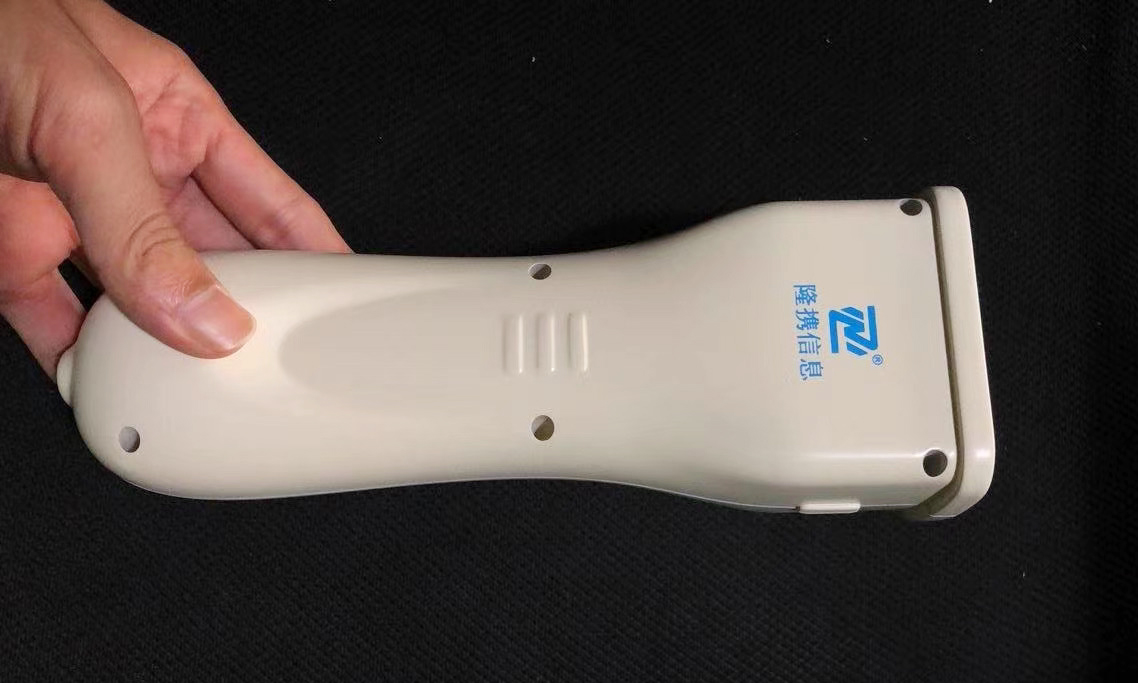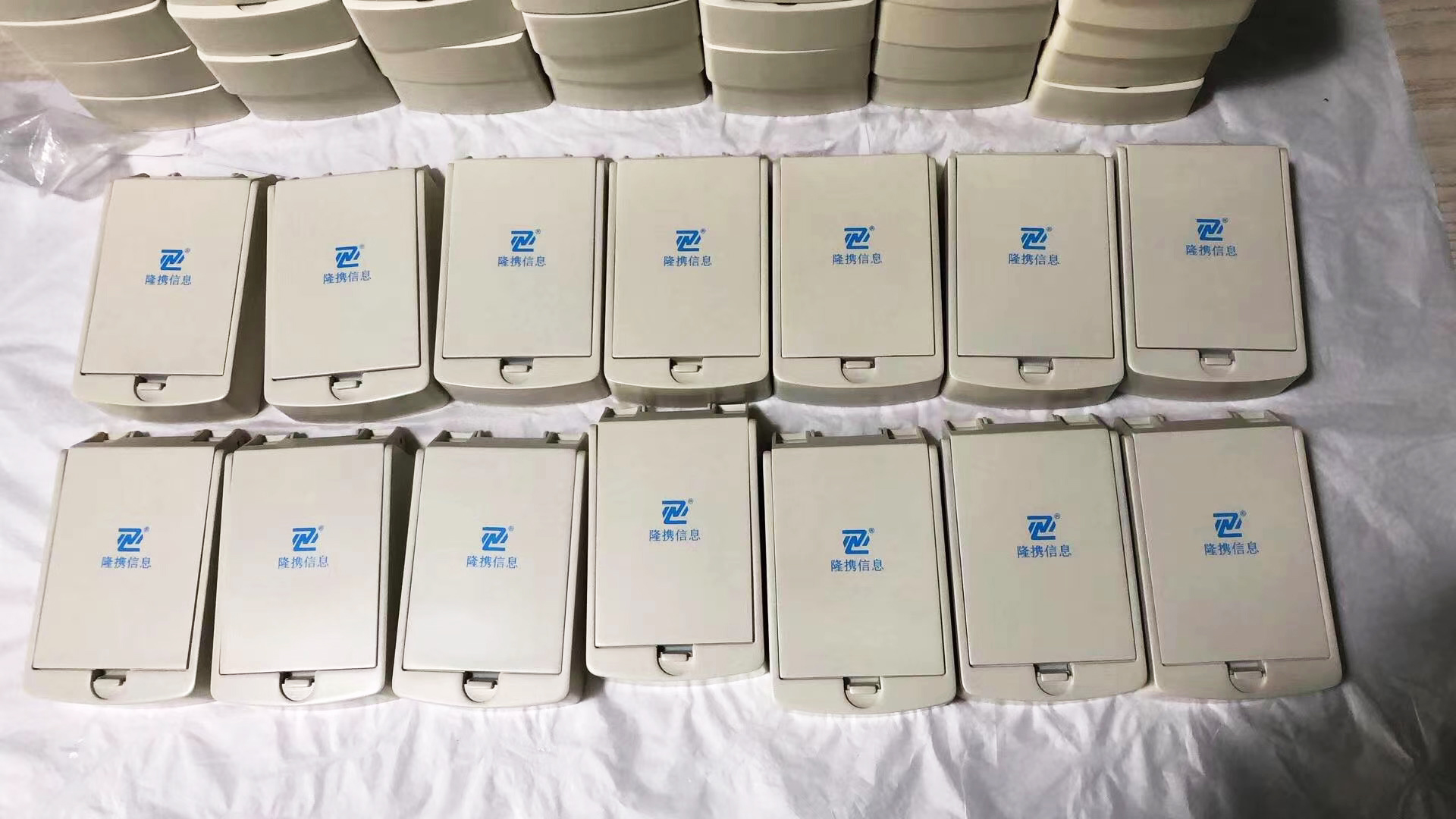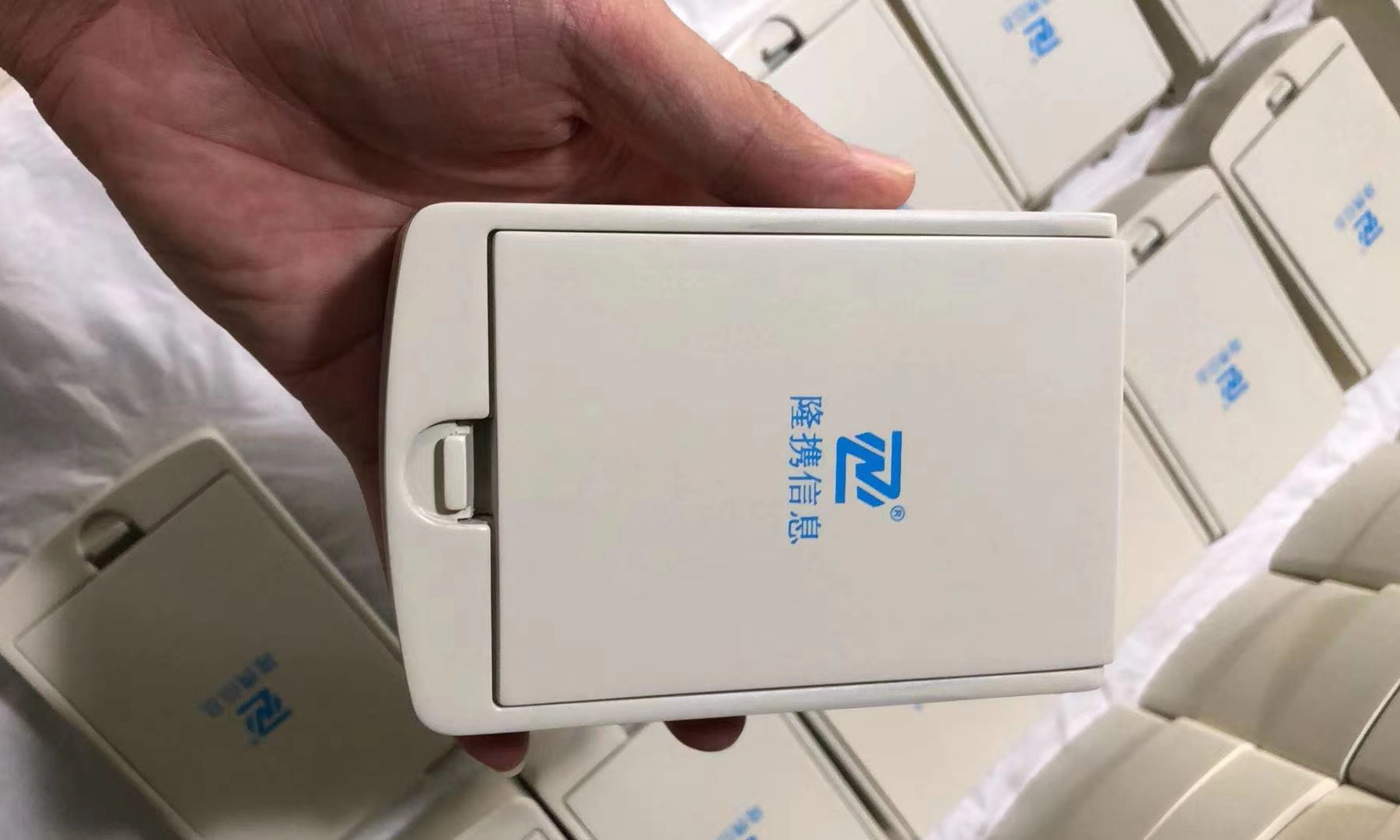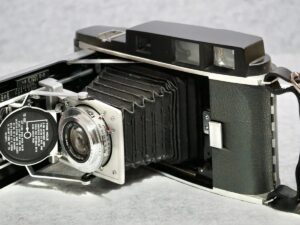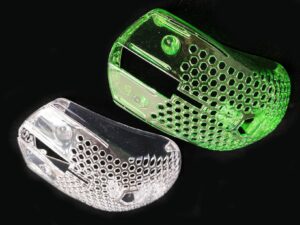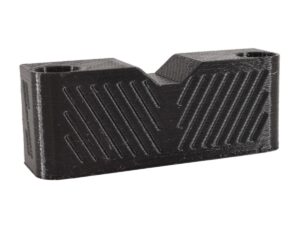- SLA 3D Printed Ship Garage Kit with Tough Resin (Grey)
- Low-volume Production of Auto Parts with Urethane Casting
Material Resin
Quantity 120 pcs
Price Range $1,000-5,000
Lead Time 8 workdays
Gallery
About Project
Our client had a project at hand and ordered 120 pieces of enclosures for two new products. The thought of 3D Printing comes to mind but it's not economical for low-volume production. The best solution is: Urethane Casting.
Urethane Casting is a quick manufacturing process to make small and large enclosures without commitment to a hard tool. We start with a high-resolution 3D printed master pattern which gets hand finished. It is then encased in a high durometer silicone which we create a tool from. Resin is poured through the tool in the vacuum and castings are produced once cured.
Parts appear to be the same as Injection Molded parts to the untrained eye though the initial investment is much lower. That makes this process great for appearance parts and short-run production.
Solution
- Step 1: Make the master patterns of these two enclosures separately with SLA 3D printing technology. The enclosures are composed of two different assemblies.
- Step 2: Clean the patterns and post-cure them with UV, then polish them manually. Coat the master patterns with the release agent and let them dry.
- Step 3: Encase the patterns with liquid silicone. Wait for 24 hours to form the mold tool and left to cure. Move the mold to a vacuum chamber to remove the air bubbles inside.
- Step 4: Cut the mold and take out the master pattern. Then inject the ABS-like resin into the mold to form the parts. The parts are then painted white and screen-printed with the company name and logo.
